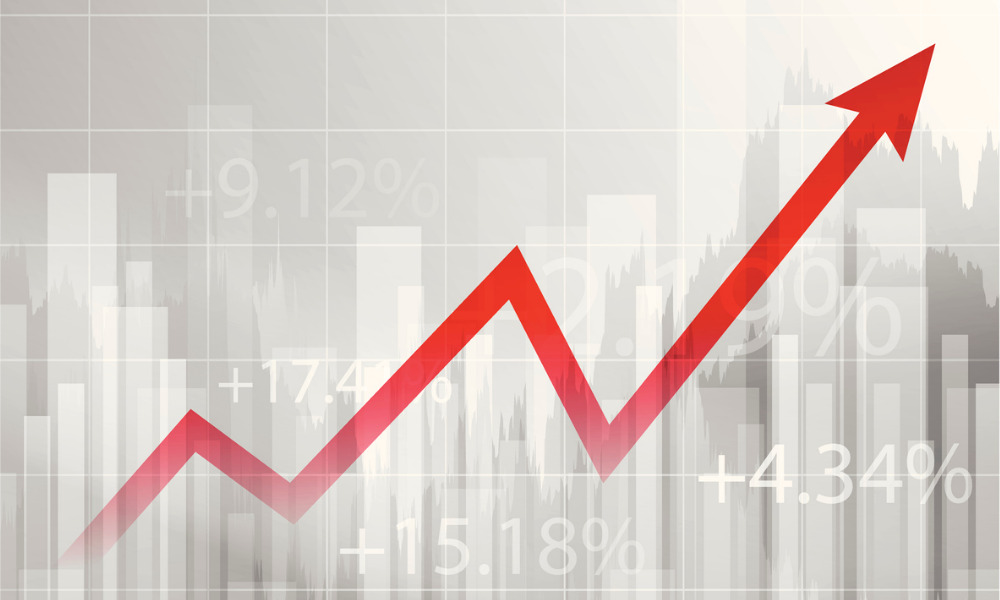"The risk of a crash cannot be ignored," economist warns

The skyrocketing trajectory of Australian house prices will come to a near halt this year, and prices will drop by 8% in 2023 as mortgage rates rise and the cost-of-living crisis worsens, according to a Reuters poll of property market analysts.
Cheap mortgages based on historically low interest rates have nearly doubled house prices since the Global Financial Crisis, making Australia one of the least affordable places to buy property in the world, Reuters reported. Prices spiked more than 20% last year alone – the largest annual increase since 1989.
However, that pace will slow to just 1% this year, according to the median forecast in the May Reuters poll – a sharp decline from the 6.7% growth predicted in a February poll. Prices are forecast to drop 8% next year, more than the 5% projected in Reuters’ February survey.
“The risk of a crash cannot be ignored given the high level of household debt and that it’s been more than 11 years since the last rate hike,” AMP chief economist Shane Oliver told Reuters. Oliver expects that house prices will fall 10% to 15% into 2024.
The Reserve Bank of Australia hiked the cash rate this month for the first time since November 2010, raising it by 25 basis points to 0.35%. The central bank also warned that more hikes were on the way.
A sudden spike in borrowing costs could drastically impact housing activity. With about 6% of Australian employment closely tied to the residential construction sector, that impact could lead to slower economic growth overall, Reuters reported.
Read next: Smaller homes take the biggest hit in slowing market
“A steep increase in mortgage rates over the coming year will weigh heavily on house prices,” ANZ senior economist Adelaide Timrell told Reuters.
It will also impact heavily indebted households. Australia currently has a record $2 trillion in outstanding mortgage debt.
However, a steep decline in prices would go a long way to addressing rampant affordability issues for those who don’t already own a home.
“A very large correction in prices would be needed to enable ‘affordable’ housing, particularly in Sydney and Melbourne – though the wage outlook is key to how much of a correction would be needed,” Timbrell said.
Wage growth is still lagging, according to Reuters. Annual pay growth rose to 2.4% in the first quarter, only half the pace of inflation.
Both ANZ and Knight Frank told Reuters that average home prices would have to plummet 40% – about the amount that US house prices fell during the Global Financial Crisis – to make Australian housing affordable.
House prices in Sydney and Melbourne were forecast to fall between 2.5% and 3% this year and 9% in 2023. In Brisbane, Adelaide and Perth, prices were flagged to rise 2% to 6.5% this year but fall 4.5% in 2023, Reuters reported.



